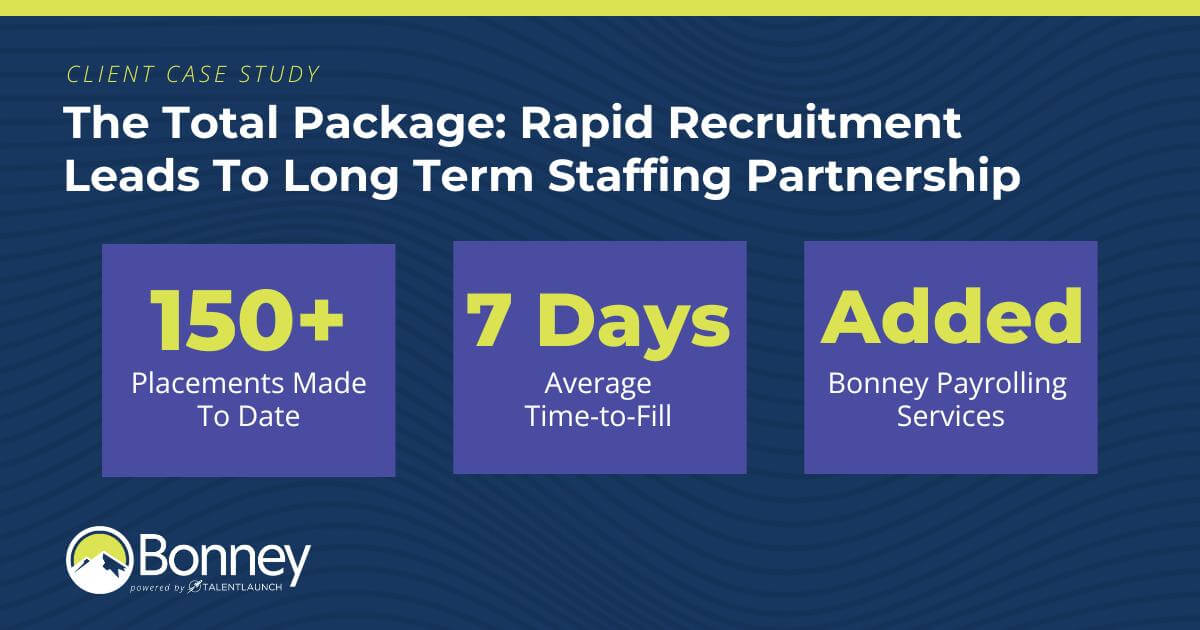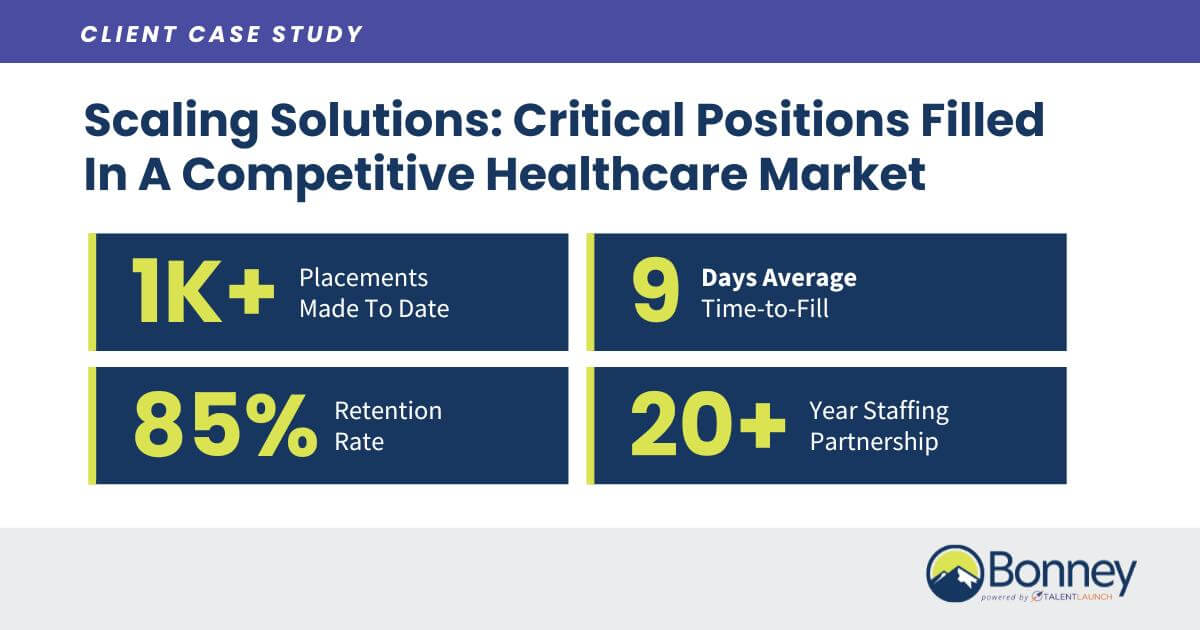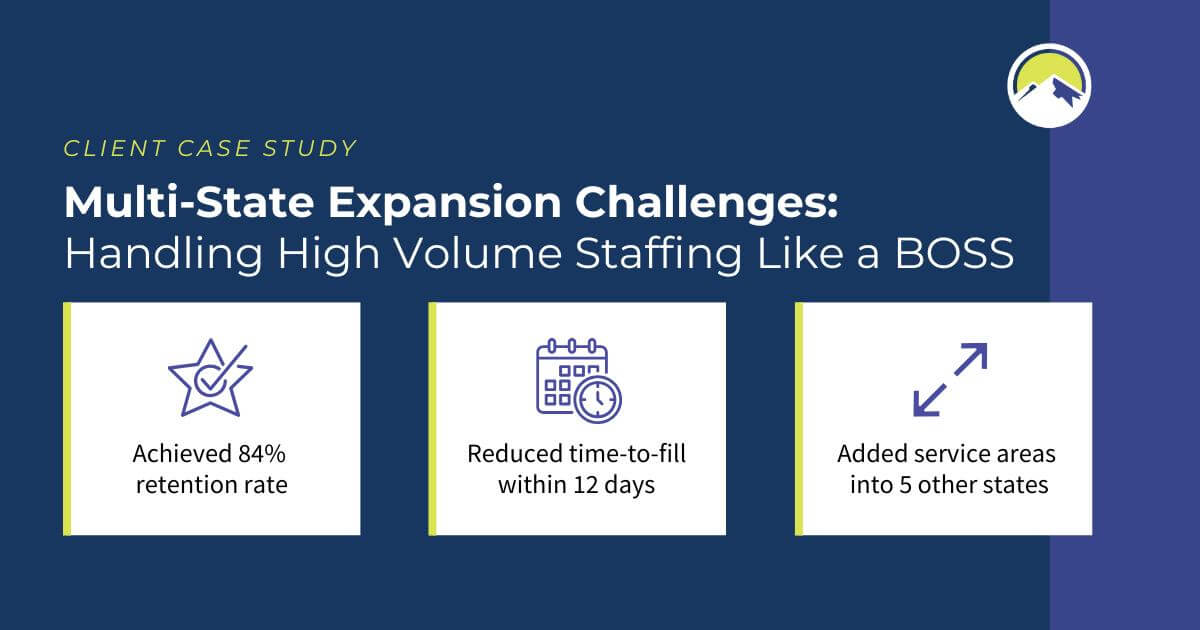Hiring the right talent can be a daunting challenge for many businesses. Whether it’s trying to fill seasonal roles, finding a perfect long-term fit, or sourcing specialized skills for a specific project, making the wrong decision can cost both time and money.
Fortunately, businesses today have a variety of flexible staffing models at their disposal. Whether you need temporary staff, a permanent hire, or something in between, there are options to meet every hiring need.
In this blog, we’ll guide you through the major staffing models available to Maine businesses, helping you make an informed choice that aligns with your goals, timelines, and budget.
Understanding the Different Staffing Models

Temporary Staffing Model
Temporary staffing involves hiring employees for a defined, short-term period, often through a staffing agency. These positions may range from a few days to several months, depending on the employer’s needs.
When Temp Staffing Is Best for Your Company: Temporary talent is ideal for businesses facing seasonal fluctuations, short-term projects, or unexpected staffing gaps (e.g. medical leaves or vacation coverages).
Say you’re a warehouse or manufacturing facility facing peak demand during the holiday season or a surge in production. You can use temporary talent to fill roles such as warehouse associates, machine operators, or packers, allowing you to quickly scale up your workforce without the need to maintain a full-time staff year-round.
Advantages of a Temp Staffing Model:
- Flexibility: Easily scale your workforce up or down as needed.
- Speed: Temporary roles can be filled quickly, minimizing disruptions.
- Reduced Risk: The staffing agency assumes responsibility for unemployment and workers’ compensation risks.
Disadvantages:
- Lack of Long-Term Stability: Temporary workers may not stay long enough to contribute to long-term goals.
- Training Costs: The need for repeated training as workers cycle in and out.

Temp-to-Hire Staffing Model
Temp-to-hire is a staffing model that allows an employee to work in a temporary role for a period before both the employer and the employee decide if the role will transition into a permanent position.
When Temp-to-Hire Is Best for Your Company: This model is perfect when you want to assess a candidate’s cultural and professional fit before making a permanent commitment. It also gives companies the flexibility to evaluate their long-term business needs before committing to an additional full-time employee.
Say you’re a busy medical office in Augusta that needs a reliable administrative assistant to manage patient scheduling and clerical tasks. You opt for a temp-to-hire model to ensure the candidate can handle the fast-paced environment and sensitive nature of patient data before making their position permanent.
Advantages of Temp-to-Hire Staffing Model:
- Opportunity to Evaluate: You get to see the employee in action and assess their fit within your team, while also determining if your long-term business needs justify a permanent hire.
- Reduced Risk: If the fit isn’t right, parting ways is easier and less costly than with a direct hire. Additionally, the staffing agency assumes responsibility for unemployment and workers’ compensation risks.
Disadvantages:
- Smaller Talent Pool: In certain industries, not offering an immediate full-time role can limit the available talent pool, especially in more professional settings.
- Benefits May Vary: Some companies and staffing agencies may delay offering full benefits until a candidate becomes permanent, limiting retention. (Bonney offers benefits to employees during the temp-to-hire period, however).

Direct Hire Staffing Model
Direct hire refers to a permanent, full-time placement, where the staffing agency helps you source, vet, and place candidates who become your full-time employee on day one.
When Direct Hire Is Best for Your Company: Direct hire is ideal when filling key, long-term roles that require in-depth training or a high level of responsibility. It’s especially useful for management or technical roles where job security and employee loyalty are important.
Let’s say your manufacturing company in Bangor is searching for a plant manager. Due to fierce competition for talent, you’ve missed out on top candidates. Partnering with a staffing agency for direct hire allows you to secure a candidate with the right skills and commitment for this crucial leadership role.
Advantages of a Direct Hire Staffing Model:
- Retention: Permanent employees are more likely to invest in your company’s long-term success.
- Larger Talent Pool: Most employed workers won’t leave a full-time job for a temporary or temp-to-hire assignment. Offering a permanent position appeals to a larger pool of passive, yet highly skilled professionals.
- Risk-Free Bonney Guarantee: While we can’t speak for all staffing agencies, Bonney’s direct hire services are a free service until your selected candidate starts their role. We also offer a replacement guarantee on direct hire placements if they don’t work out.
Disadvantages:
- Longer Hiring Process: Finding the right candidate for specialized roles can take time.
- Higher Upfront Costs: Recruitment fees and higher salaries may be required due to the permanent nature of the position.

Quick Hire Staffing Model
Quick hire is a fast, efficient hiring process designed to fill urgent vacancies with top performers. It’s ideal for companies that need to keep operations running smoothly without the time or resources for a lengthy hiring process and want the candidate to be on their payroll from the start.
When Quick Hire is Best for Your Company: Quick hire is great for businesses struggling to find top talent in a tight labor market, or frequently lose valuable temporary employees before you can make them permanent.
It’s also an excellent option for businesses unwilling or unable to pay a large direct hire fee upfront but still need quality candidates fast.
For example, a growing logistics company in Portland is struggling to find top performers in a competitive labor market. They often lose strong temporary workers before making a permanent offer due to time constraints in the hiring process. By using the quick hire model, you can fill these positions quickly with quality candidates — and are able to spread the agency fees across several weeks.
Advantages of a Quick Hire Staffing Model:
- Hiring Control: While you’ll still receive the benefit of a staffing agency’s strengths in sourcing, interviewing, and screening candidates, you will make the job offer directly to your preferred candidate.
- Payment Flexibility: You are billed weekly rather than a lump sum. And at Bonney, billing stops if the employee leaves before payments are completed.
Disadvantages:
- No Trial Period: Unlike other models, Quick Hire places the employee directly on your company’s payroll from the start, requiring you to follow your own hiring processes without the option of a trial period through the staffing agency.

Payrolling Services
Payrolling services allow businesses to outsource the administrative aspects of employment. The staffing agency acts as the official employer of record, handling payroll, benefits, taxes, and compliance, while you maintain day-to-day control over the worker’s tasks.
When Payrolling Is Best for Your Company: Payrolling is perfect when you need flexibility in managing workers without the administrative burden. It’s especially helpful for short-term projects, internships, or for hiring workers in states where you’re not set up to operate.
A great example of this is a company that has long relied on Bonney Staffing to bring back retirees for customer service roles through payrolling. Recently, they expanded this service to include two employees who moved out of Maine. Since the client is not set up to do business in those states, Bonney Staffing was able to payroll the out-of-state candidates, allowing the client to keep these valuable employees without needing to navigate the complexities of operating in new regions.
Advantages of Payrolling:
- Reduced Administrative Load: All onboarding, payroll, and other HR-related responsibilities are handled by the staffing agency.
- Cost Savings: Not only do you avoid the overhead of hiring an in-house HR team to manage payroll and benefits, you reduce risk of potential turnover-related costs associated with Workers’ Compensation and Unemployment.
Disadvantages:
- Less Control Over Certain Aspects: While you still manage the worker’s daily tasks, certain HR functions, like payroll changes or benefits management, are in the hands of the agency. That said, this is the very reason many companies choose payrolling services in the first place.

Onsite Staffing
Onsite staffing offers hands-on, day-to-day management of temporary or contract employees directly at your facility. A dedicated onsite staffing manager from the recruiting agency works from your building, overseeing recruitment, onboarding, and workforce management.
When Onsite Staffing Is Best for Your Company: Onsite staffing is ideal for businesses with high-volume staffing needs, such as warehouses, production floors, or call centers. This model ensures seamless operations with a dedicated onsite manager embedded within your facility and serving as a liaison between teams.
Say you’re a large distribution center in Lewiston that requires dozens of warehouse workers to handle a seasonal surge in operations. With onsite staffing, your staffing partner recruits, manages, and oversees the performance of workers directly at your facility, serving as a personal connection between the agency, your company, and all employees.
Advantages of an Onsite Staffing Model:
- Onsite Coordination: A dedicated manager handles recruitment, scheduling, and workforce management on-site.
- Direct Support for Supervisors: A Workforce Engagement Manager works alongside your team, providing real-time support to decision-makers and supervisors, and ensures operational efficiency.
Disadvantages:
- Higher Costs: This model can be more expensive due to the comprehensive nature of the service.

What If None of These Quite Fit The Bill?
We understand that no two businesses are alike. While these models cover most staffing needs, you may find that a combination of options, or something completely different, might be more suitable for your company.
That’s why at Bonney Staffing, we specialize in customizing staffing solutions that match your unique requirements. Whether you need one of these models or something tailor-made, we’re here to help.
Selecting the Best Staffing Model for Long-Term Success
Choosing the right staffing model is crucial to your business’s success. Each option — whether temporary, temp-to-hire, direct hire, quick hire, payrolling, or onsite staffing — offers distinct advantages based on your needs.
By aligning your staffing strategy with your business goals, you can improve efficiency, reduce costs, and build a more agile workforce.
Want More Insights?
For more insights on hiring, onboarding, and boosting employee retention, explore the Bonney Staffing blog.
Need custom solutions for your staffing challenges? Whether it’s short term, long term, or right now, Bonney’s employer services have exactly what you need.




